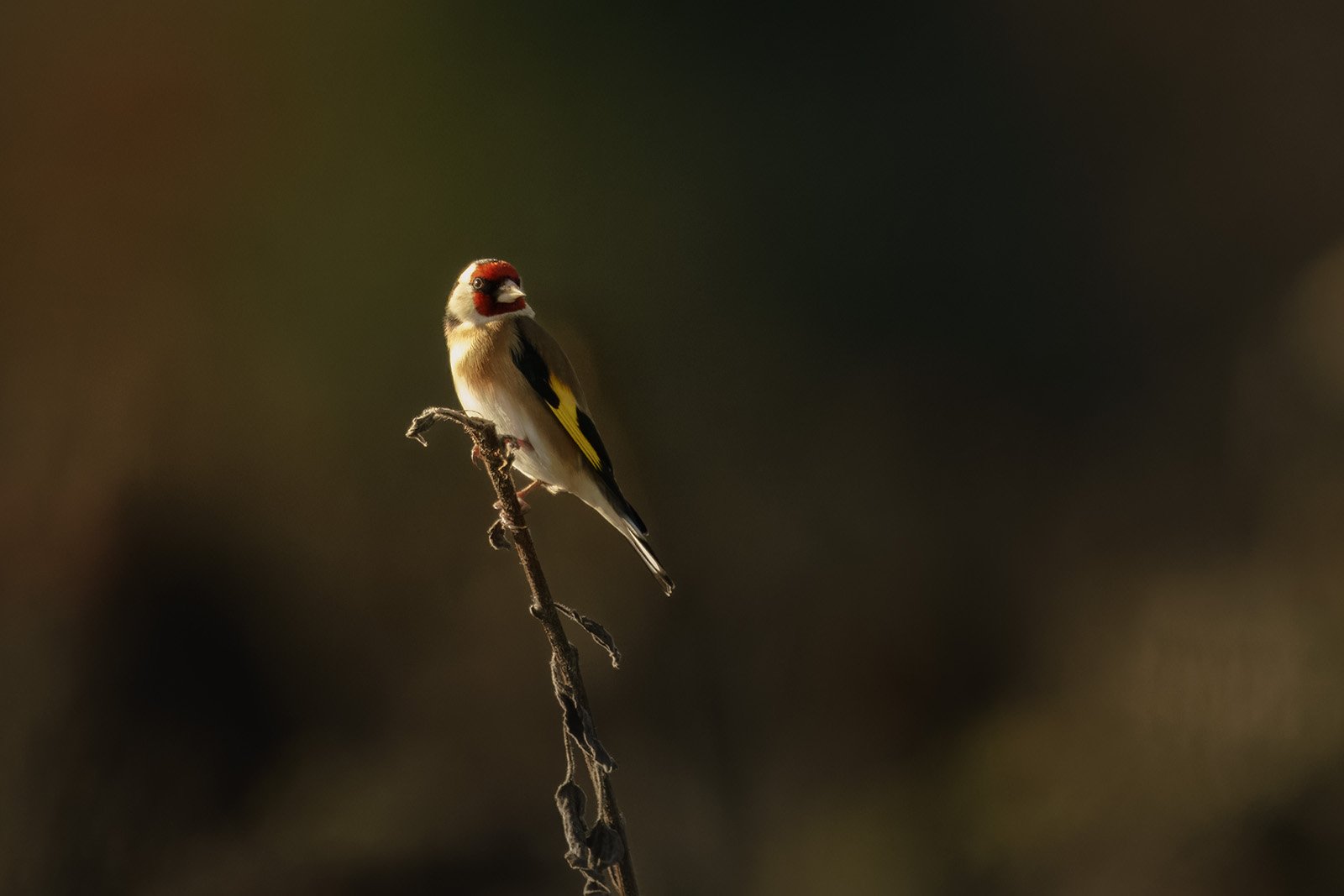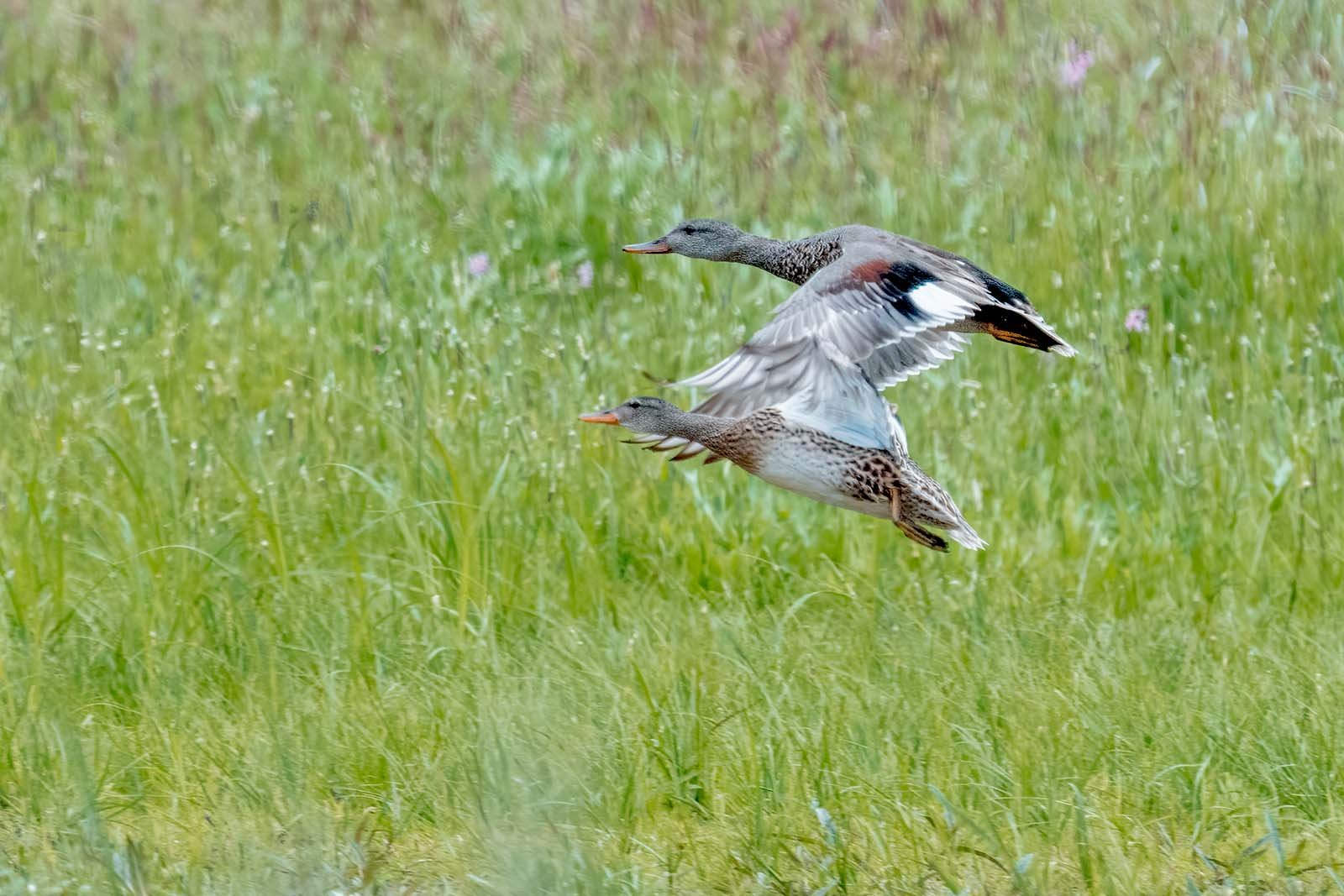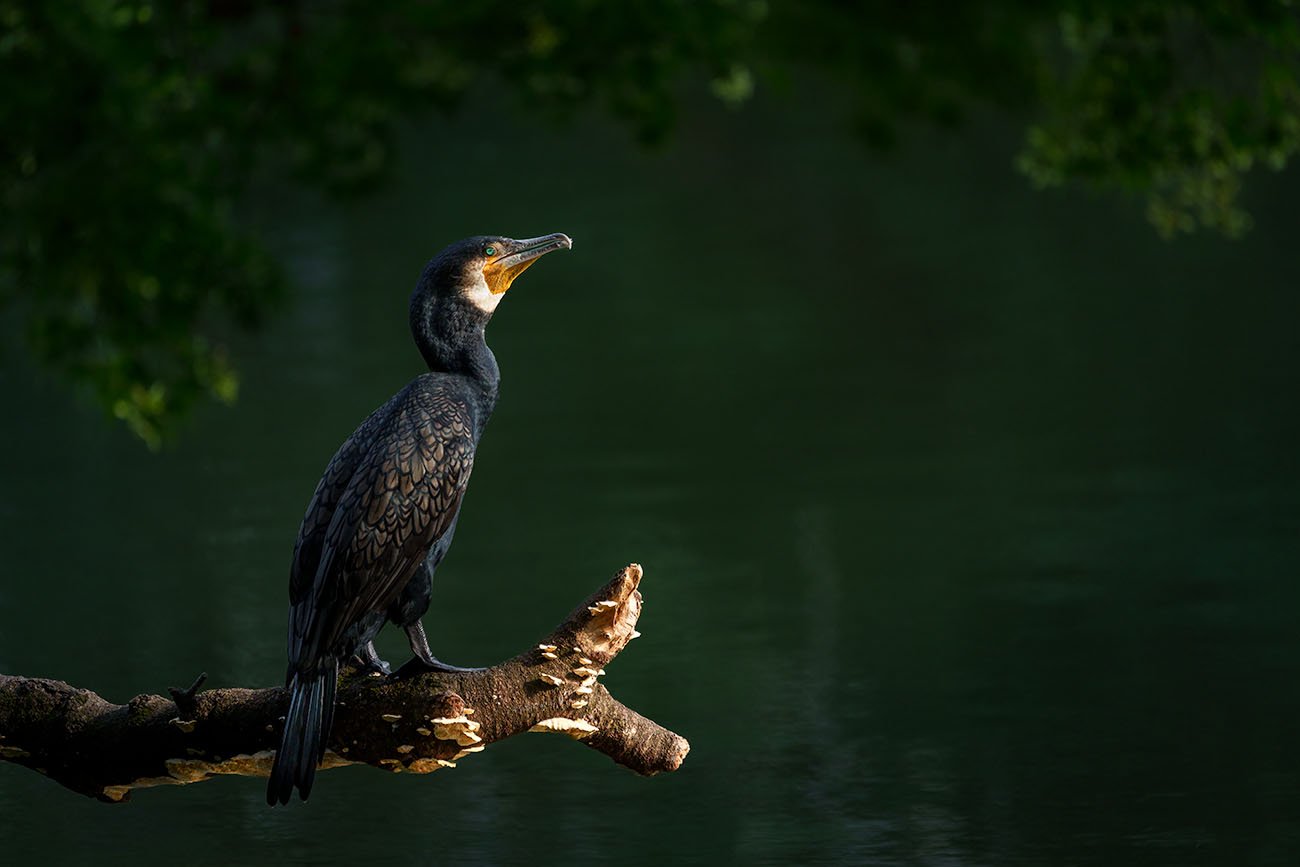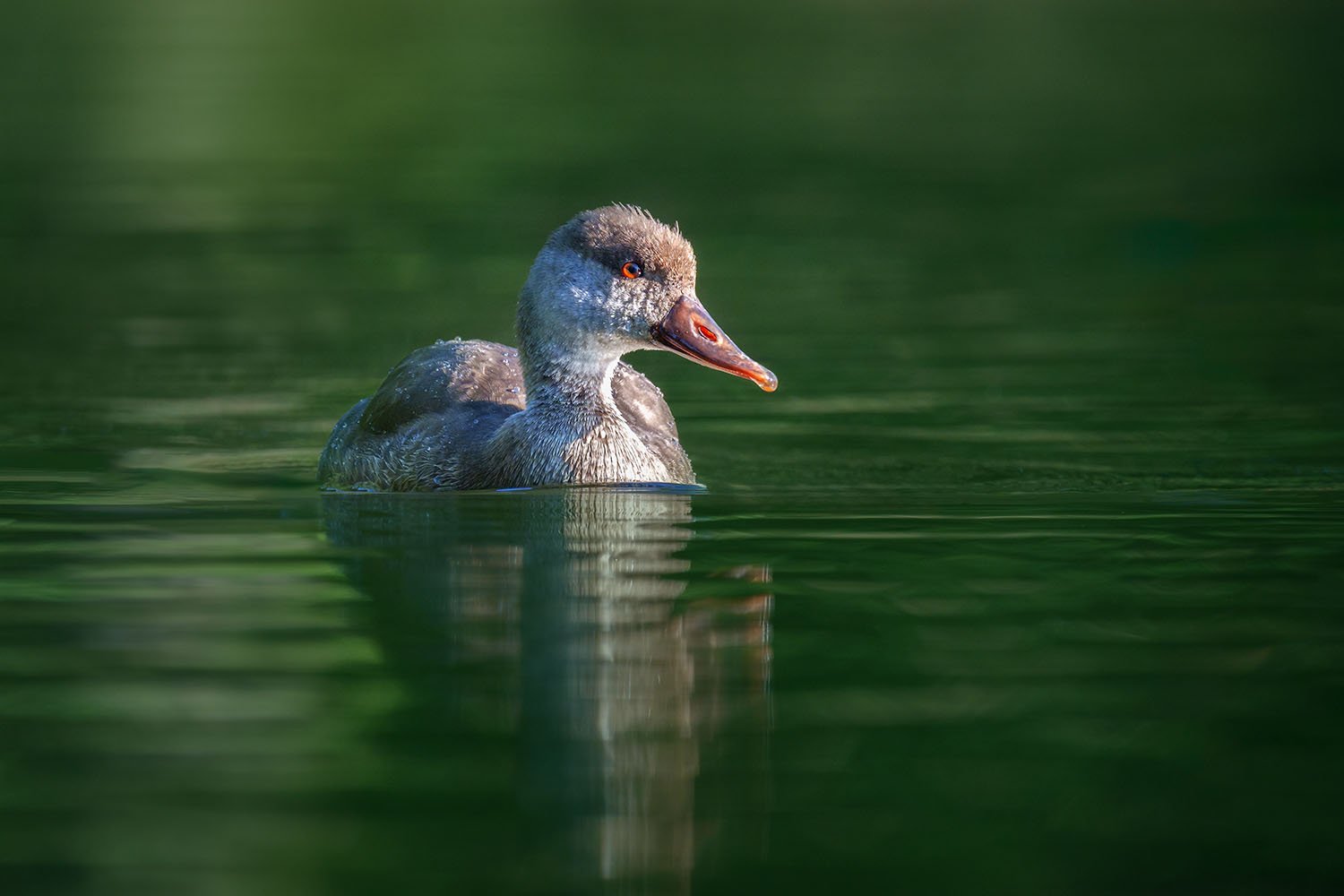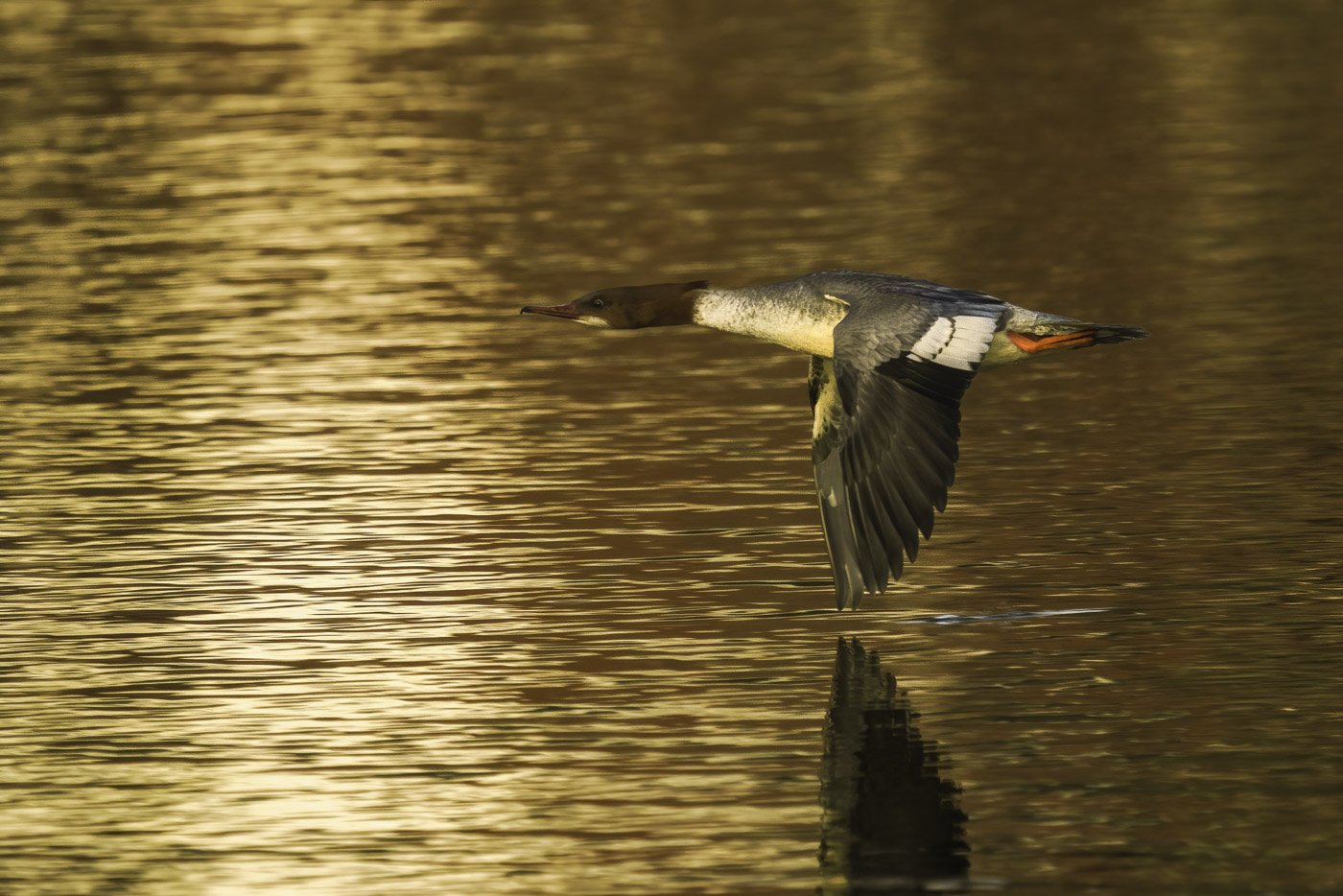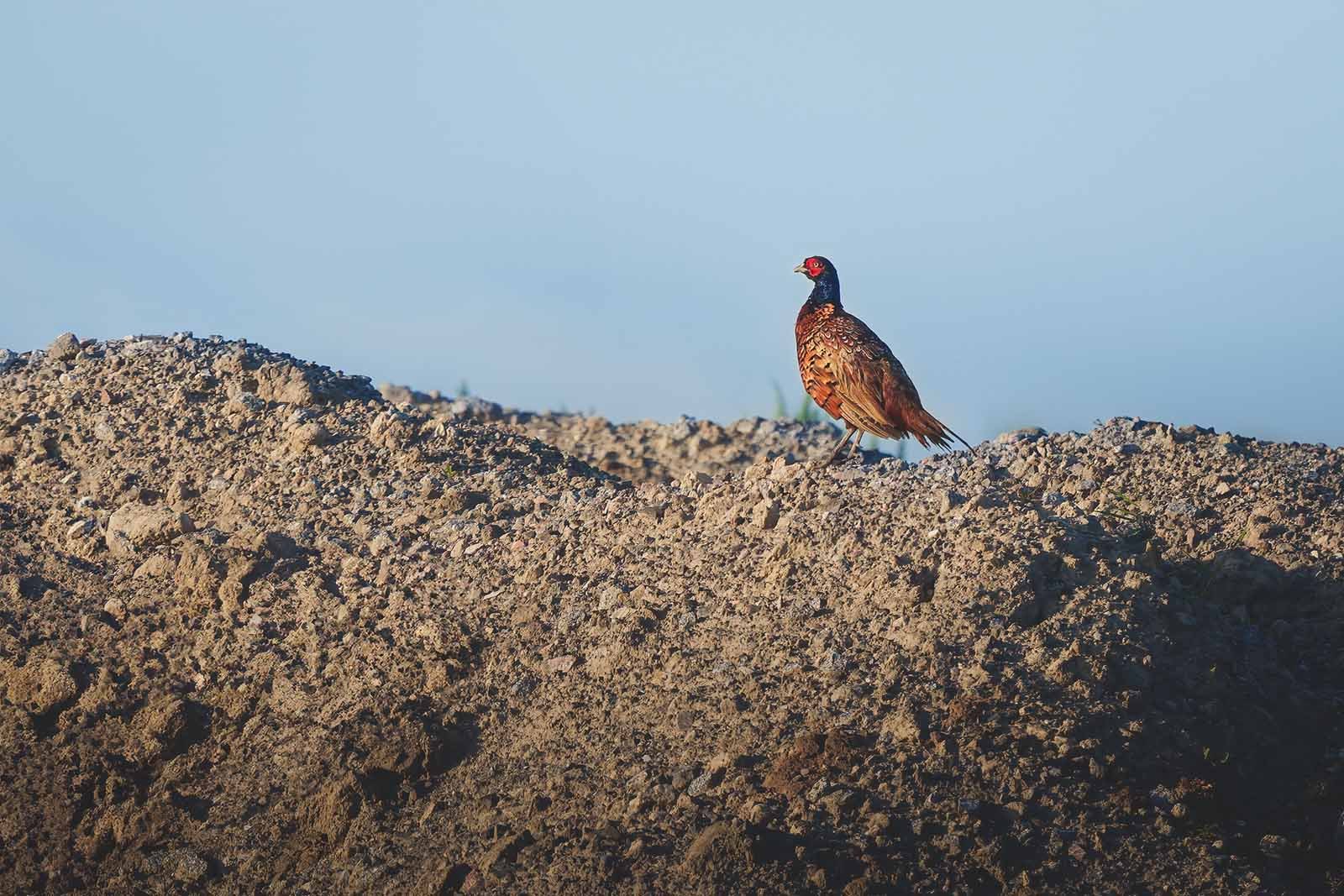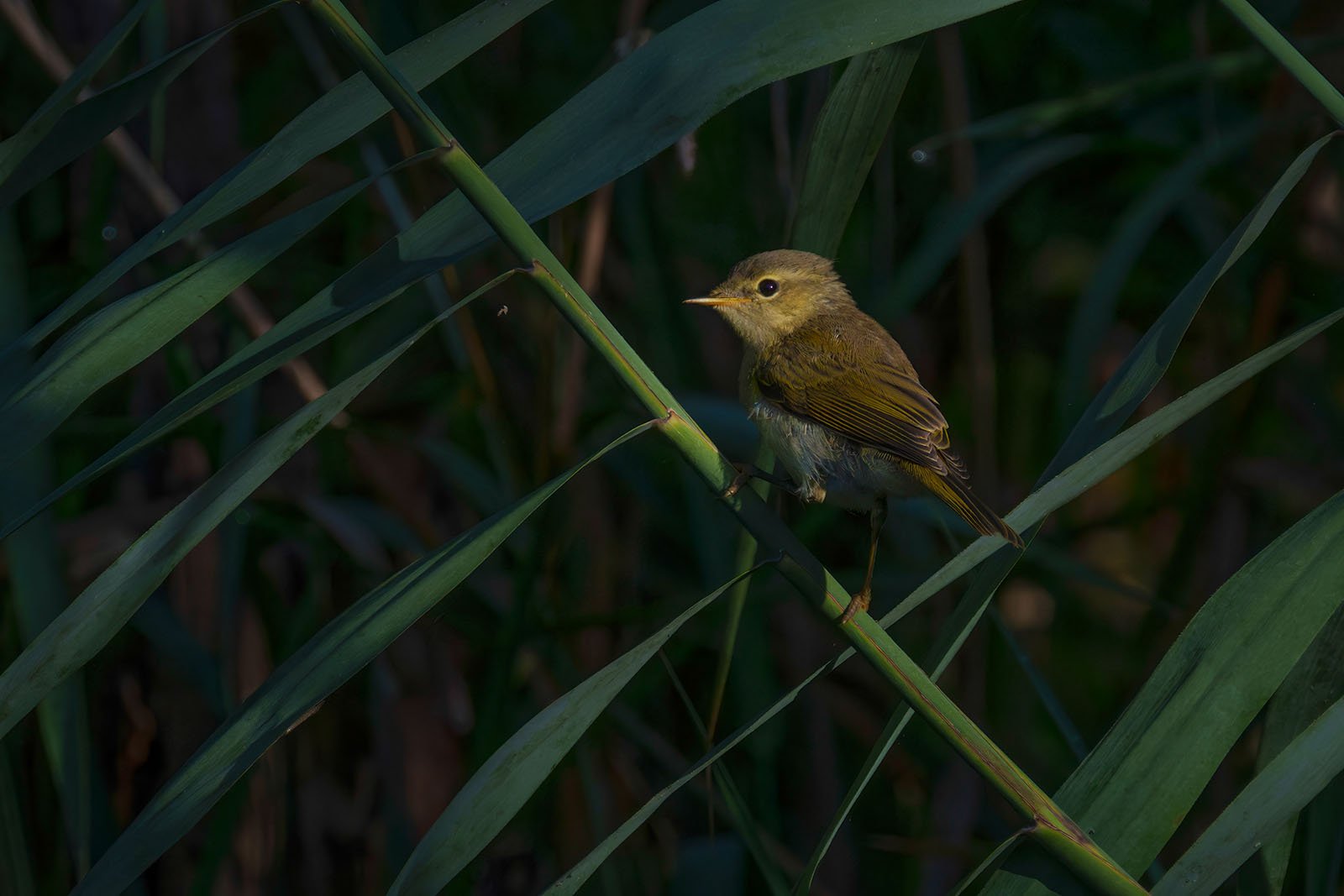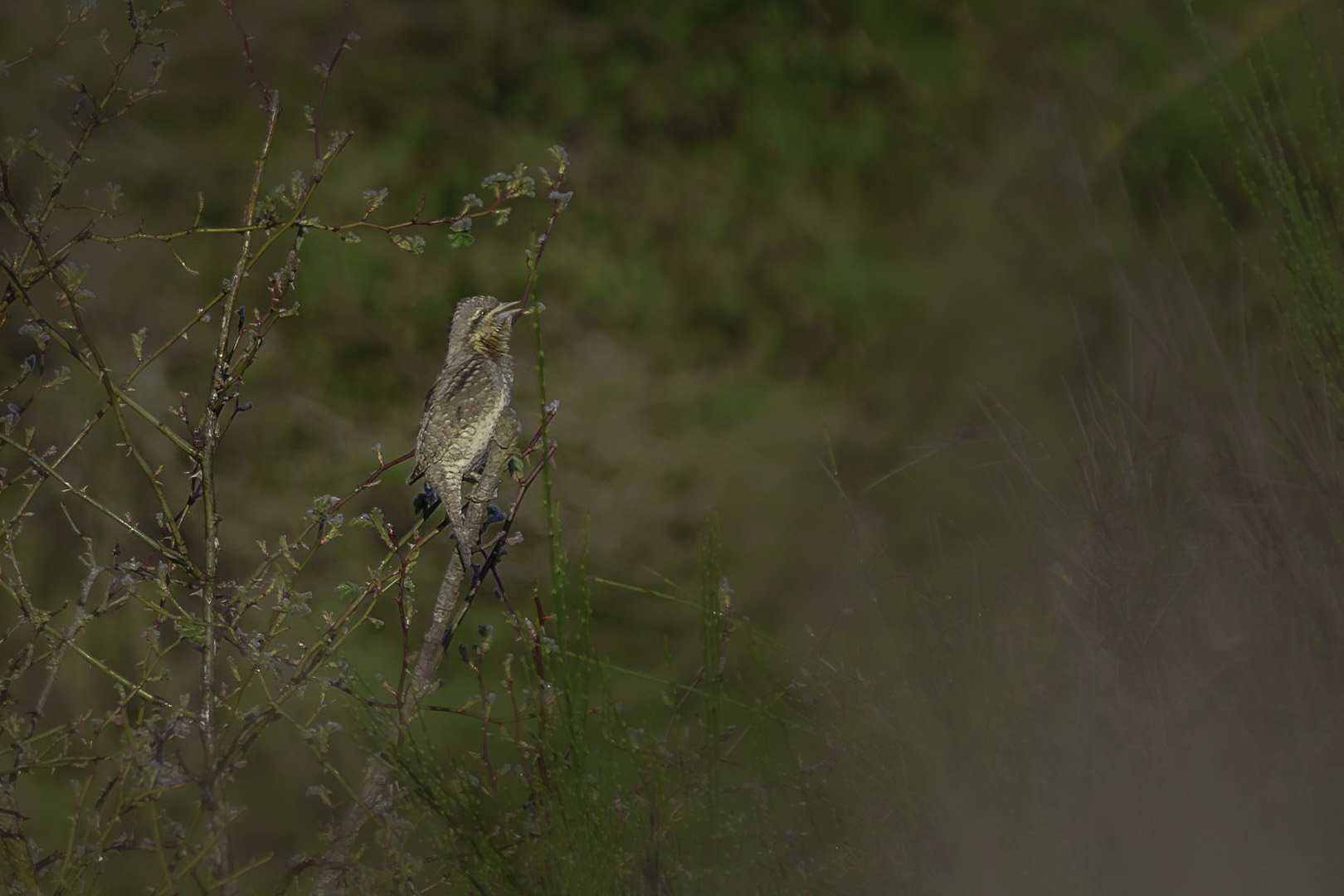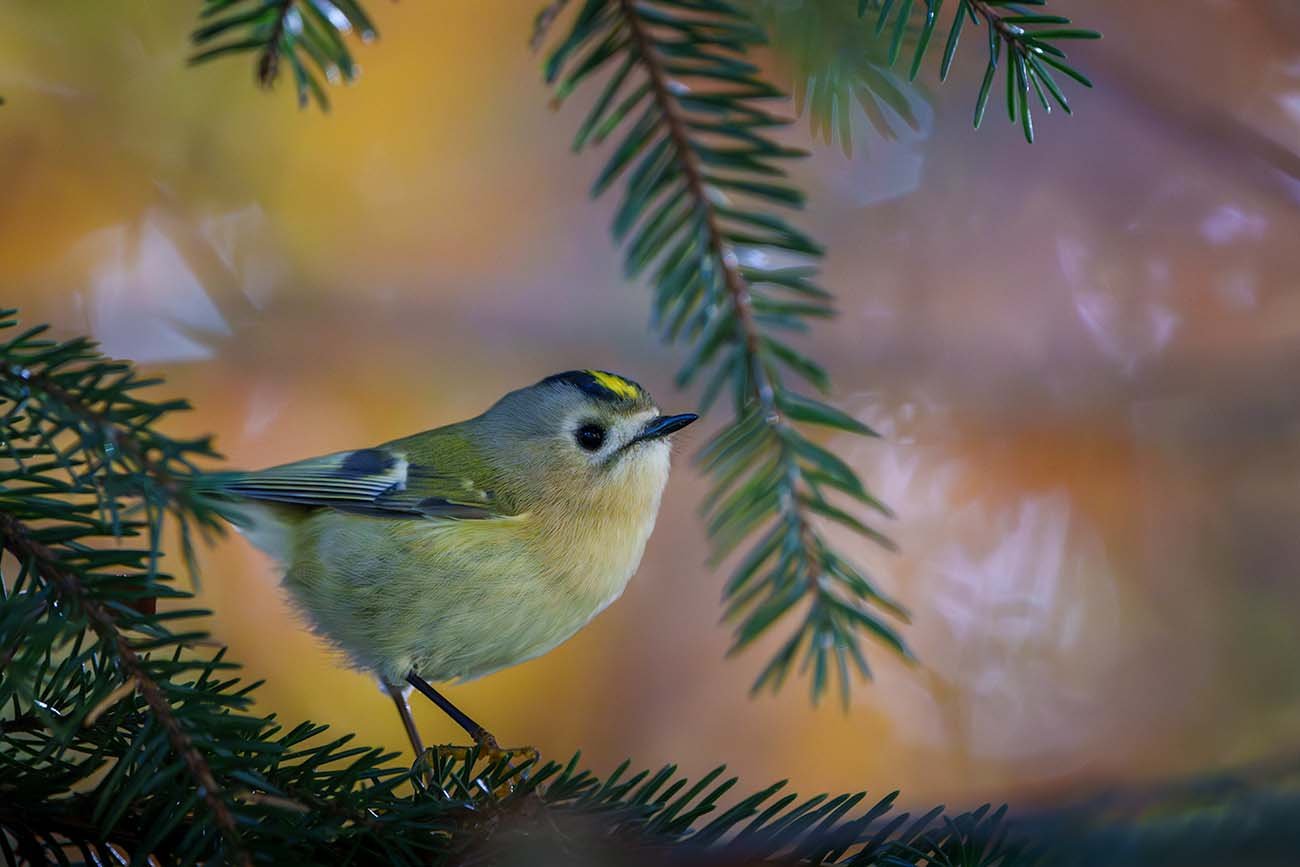Pacific reef heron (Egretta sacra)
The Pacific reef heron (Egretta sacra) - Picture was taken on the Izu Peninsula, Japan
Key Details
Size: 57 to 63 cm
Weight: Average 400 grams
Diet: Fish, crustaceans, mollusks
Season: All year round
Distribution: Coastal regions of Japan, the Indo-Pacific, Australia, New Zealand
Photography Tips
Lens: Minimum 400 mm
Difficulty Level: Difficult
Brief Description
Pacific reef herons (Egretta sacra) are small herons that live along rocky coasts. They can reach up to 63 cm in length, have a wingspan of 90 to 110 cm, and weigh about 400 grams. There are two color types: white and dark gray. Both types have a yellow-green bill and legs. Some birds have both black and white feathers. Reef herons live in coastal regions and coral reefs of Japan, the Indo-Pacific, Australia, New Zealand. They live alone or in pairs and search for food during the day, primarily fish, crustaceans, and mollusks. Reef herons build their nest in coastal trees or on rocks and lay 2 to 5 eggs. Both parents incubate the eggs and raise the chicks, which leave the nest after about 35 to 40 days.
The Reef Heron (Egretta sacra): A Fascinating Bird Species
Pacific reef heron (Egretta sacra) are small herons that prefer rocky coastlines and are classified within the heron family.
Appearance and Characteristics
The body length of this medium-sized heron reaches up to 63 cm. Their wingspan varies between 90 and 110 cm and the average weight is about 400 grams. There are two color morphs, white and dark gray. Birds of the light morph are usually entirely white, although some may have gray spots. Herons of the dark morph are completely dark gray. Both morphotypes have a yellowish-green bill and legs. Adult light morphs differ from other herons in the area by their distinctly short leg appearance and noticeably thicker bill. Additionally, a few individuals of an intermediate form have both black and white feathers. Both sexes display the same coloration. There are short, tuft-like feather crowns on the back of the head, which tend to be more abundant in males. During the breeding season, the feather crowns of the white variant tend to grow longer than those of the black variant. The bill is thick and long, varying in color from light olive to brown to yellow-brown. The legs are relatively short, and most birds show a yellow-green or green-brown color. The iris is yellow and the eye area is yellow-green.
Distribution and Habitat
The distribution ranges from India to Japan, Australia, Tasmania, New Zealand, and Polynesia. This bird species primarily inhabits rocky coastlines and coral reefs but can occasionally be found in tidal flats and at river mouths. They do not tend to form colonies and lead a solitary or paired life. Their activities are predominantly diurnal, flying low over the sea and scouting for prey.
Diet of the Reef Heron
Their diet is carnivorous and includes a variety of prey such as fish, crustaceans, and mollusks.
Reproduction and Breeding
The reef heron builds its nest in coastal trees or on rocks and lays between 2 and 5 eggs per breeding cycle. The incubation period lasts about 25 to 28 days, with both the male and the female involved in the incubation process and together they take care of raising the chicks. The young birds leave the nest about 35 to 40 days after hatching.






